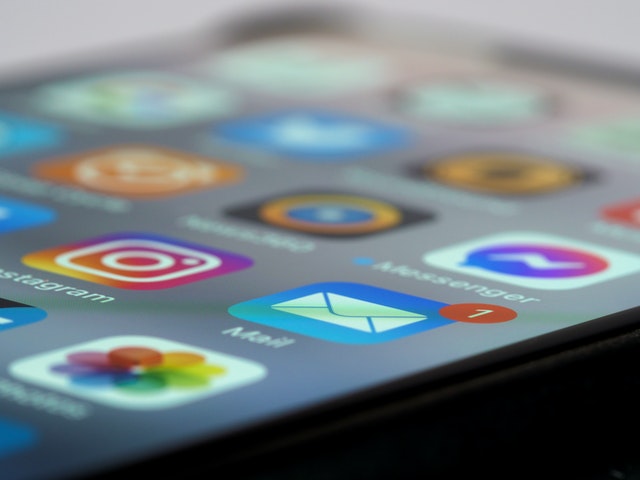The Internet of Things (IoT) refers to a system of internet-connected physical objects that can exchange data over the internet. These devices are equipped with software, sensors, and other technologies to connect without human intervention. The global pandemic has affected how technology is developing and has led to emerging trends. Here are five trends in IoT.
Increased Applications in Healthcare
IoT is changing healthcare delivery with applications and software such as telemedicine, sensors, smart wearables, and connected devices. It will help to reduce unnecessary contact between healthcare providers and patients with infectious diseases. This was accelerated by the COVID-19 pandemic, which prompted the adoption of tech-driven healthcare transformation. It led to increased online appointments with healthcare providers and online visits, which is expected to continue in 2021 with the expansion of patient awareness infrastructure.
IoT is expected to be adopted widely in the healthcare industry to ensure patient and physician safety, administer treatments and help in detection and diagnosis. It will also be used to track the spread of infections and avoid the outbreak of pandemics. There has been a steady growth in the market for devices to aid the elderly to live independently in their homes. The devices use AI that alerts care providers or family members in case of a change in the daily routine or a fall.
IoT and Edge Computing
Edge computing is a powerful trend that is becoming more relevant, leading to an increased adoption rate. It enables IoT devices to share data to a nearby storage device rather than the cloud. After the data gets to the local storage device, it is processed, analyzed, filtered, and then sent to the cloud. This enables edge computing to use less bandwidth than cloud computing. It also speeds up applications and reduces latency.
Edge computing is ideal for IoT devices that are operating in areas with slow or unreliable internet connectivity. It also compliments low-power wide-area network (LPWAN) and satellite connectivity technology used in these locations. Edge computing applications are expected to increase with the influence of satellite connectivity. It can also enhance privacy by reducing the risk of sending highly personal information such as location and health data to third parties.
IoT in Retail
The coronavirus affected the retail sector, with many stores temporarily closed during the early days of the pandemic. This led to the rise of online retail as only stores offering essential services were allowed to operate. Physical stores had to adapt to the market situation to survive and compete against online retailers during the pandemic.
Retail-focused IoT devices help to boost and support operations through advertising, inventory management, and marketing. This allows retail stores to offer better services and make more profits. Contact payments helped to enhance social distancing during the pandemic and keep employees and customers safe. Other applications will include tracking customers’ movement around the store using RFID tags and fully automated supermarkets.
IoT in Smart Homes and Cities
During the onset of the pandemic, most people were forced to work from home. This led to modifying their homes and adding tech features to make it more convenient to work from home. The rise of smart homes prompted smart-home device manufacturers to develop IoT devices that allow people to live and work from home more comfortable. The devices include smart lighting, environmental controls, energy management devices, and smart appliances that make home offices more sustainable.
There has been growing popularity in the concept of smart cities that integrate IoT technology to monitor traffic on road networks and usage of civic amenities. Other applications will include monitoring the use of public transport and smart meters to avoid energy wastage. Local governments will benefit from this technology as it will help them better use resources. IoT integration will help address safety concerns in public transport, recreational facilities, and city-center offices by assisting authorities in planning emergency response strategies and plan safety measures.
IoT Cybersecurity
As IoT devices are widely adopted, it creates a risk of them being compromised. Companies are coming up with measures to build tighter security protocols to protect IoT devices. The security of IoT is becoming more fundamental as it is becoming more personal. These trends in IoT are expected to transform how we live over the coming years. Tech companies are scrambling to integrate this technology and provide better solutions.














